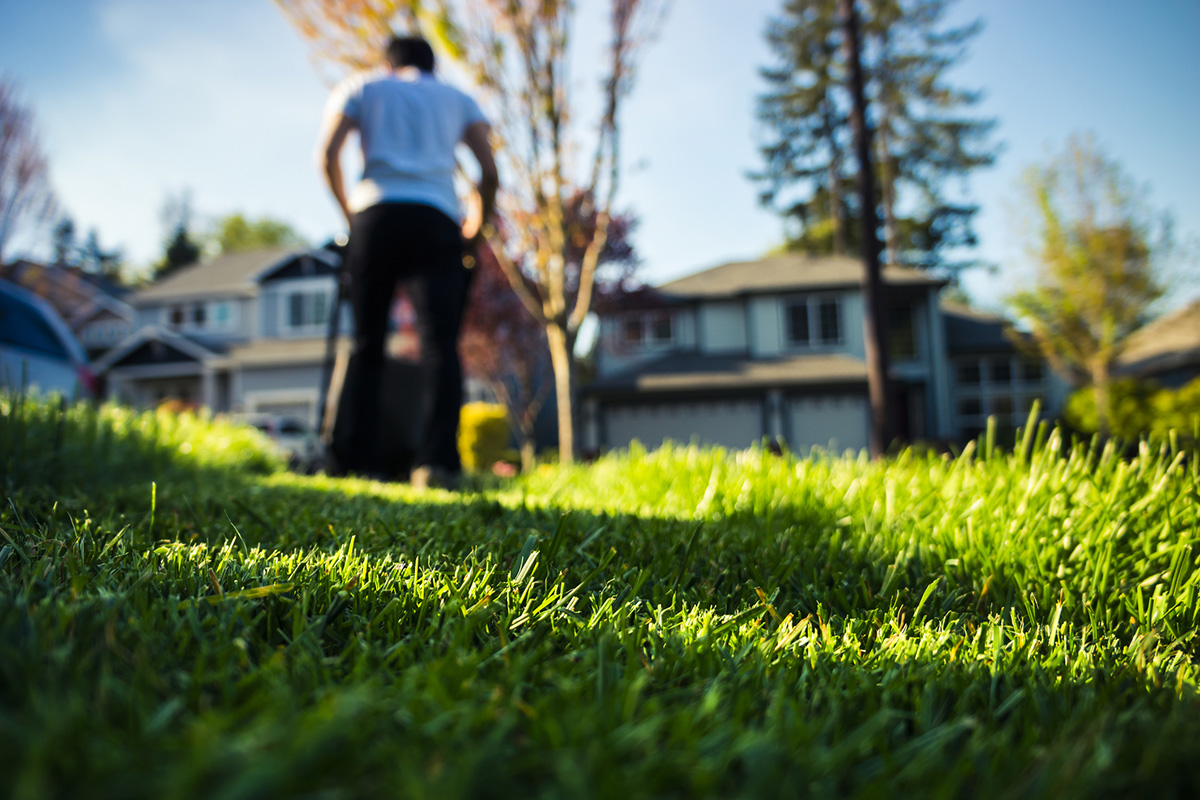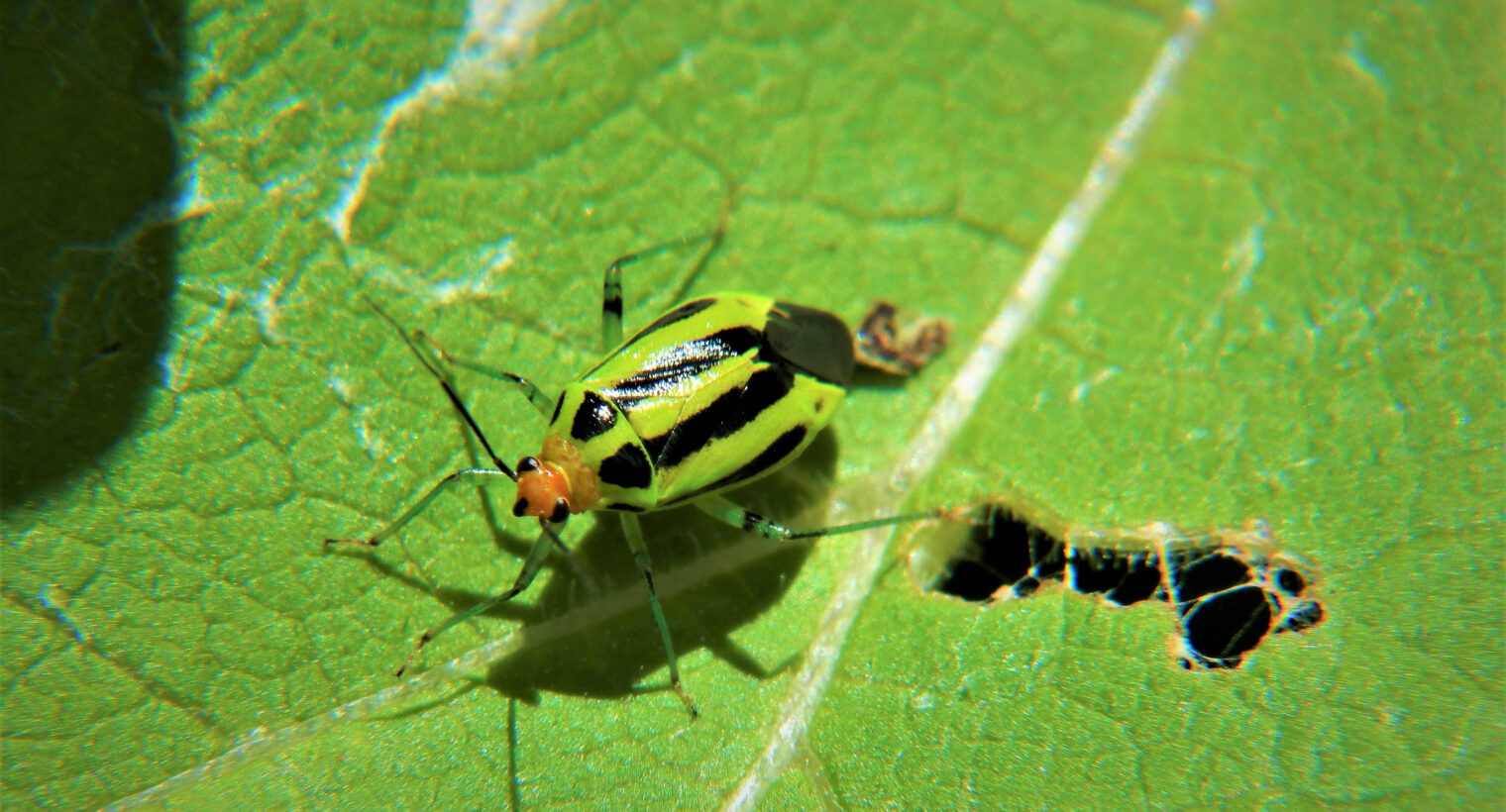By Sally Cunningham
_________________________________
Changing weather, changing climate, changing season
Spring of 2024 was weird, with fast-changing and some extreme weather patterns. Much of our region was very wet during many weeks in early-to-mid spring. There was a premature, intensely hot period, when we saw people in their shorts starting the grill, and some shopping for annuals, way before it was reasonable. Many plants started shooting up out of the soil, putting themselves at risk of what followed. Then there were weeks of very cold temperatures, especially at night. We saw snow on the daffodils (tough little plants that survive it just fine).
For some plant species, a couple of those extremes had a good effect. Some spring flowering bulb flowers lasted longer than usual, especially if you have a variety of early-season to late-season cultivars. The wet periods gave some trees a head start, encouraging root growth followed by buds and leaves popping out. In other cases, the early budding, followed by a sharp nighttime freeze, zapped those tender buds. I did not hear from fruit growers, but I imagine that some varieties of plants took a hit. I do know that some hydrangeas (the repeat-blooming kind that often flower in June) were bud-damaged.
Both sudden cold and early sunburn show up on plant leaves. If your houseplants were taken outside in April and May, they could have brown or blackened patches on their leaves. Similarly, if you brought a plant home from an indoor greenhouse situation, you are likely to have seen some version of plant shock. That can mean dropping leaves, or discoloration. Whenever a plant is moved from one set of growing conditions—temperatures, light, watering or rain—damage may appear.
So much depends on your particular location and the micro-climate that is your yard. Fortunately, plants that are placed well can usually recover from weather changes.
ADVICE FOR THE FUTURE
Gardeners and homeowners would be wise to choose plant species that adapt well to changing conditions, and that don’t require pampering to force them to perform in imperfect sites. If you have pushed the USDA Hardiness Zone limits, and succeeded for a while with a warmer-climate specimen, or if you have ignored the Heat Index and put shade-preferring plants in the brutal sun, then your new plants may not do so well in these times. Plan for some extremes.
Specific diseases and insect pests
Stippled, damaged leaves: The four-lined plant bug had a fabulous season, judging by the state of so many herbs and perennial leaves. Over many years as a Cooperative Extension educator and Master Gardener, I learned, along with fellow MGs, to anticipate and prepare to explain this in May/June:
On the leaves of coneflowers, black-eyed Susans, daisies, and a hundred different perennials and herbs, you will see pin-pricked spots that turn brown, covering most of the leaves. It makes the plant unattractive at best. It is a serious problem for professionals selling herbs or perennials at farmers’ markets or garden centers. But for most gardeners, it is a problem that passes in two or three weeks.. This year it appears worse than usual, likely to do with an extended warm period, but most plants will grow out of it. It is too late to take any action now, except to water the plant and give it a chance to come back.
The insect itself is a small (one-eighth inch) black and green striped beetle (named for the four black stripes going lengthwise). It is fast, and tucks under the leaves when you are looking for it. Before the leaves are damaged, you might find a bright red nymph under the leaves. In those early stages you may hand-squish the insects, or there may be an organic, insecticidal soap labeled for this insect. Spray under the leaves if you see the pests. (Do not use a general pesticide that kills pollinators and other beneficial insects.) Again—too late now to manage the pest. But take care of the plant with good watering and you will see a pleasing revival.
Spotted tree leaves:
Anthracnose and other fungal diseases
Plant diseases depend entirely on the “disease triangle”, studied by every horticulture and agriculture student: Each disease requires:
- the target plant (most diseases are species-specific)
- the disease organism (such as spores that over-wintered when you did not clean up the diseased leaves)
- the right weather. Every type of disease requires X amount of moisture at X range of temperature over X period of time. If Spring is cold and wet for a long period, or hot and humid, then a particular type of fungus disease thrives.
Anthracnose:Without submitting samples to the Cornell Plant Pathology Lab, I am confident that many trees are showing or will soon show spotting, curling, and distorted leaves which then fall. Anthracnose thrives in periods of cool, wet weather, which we certainly experienced. Anthracnose commonly affects ash, birch, black walnut, elm, hornbeam, maple, and oak (and other plants). The disease is specific to a species, so that anthracnose on your black walnut does not jump to your oak tree.
The good news is that reasonably healthy plants recover from this disease perfectly well. There is nothing to do. Leaves that are damaged will drop now, but the plant has plenty of time to grow more leaves all summer. (Do keep the tree watered well if an extremely dry period follows.)
Horse Chestnut Leaf Blotch: Just as the beautiful white flowers on our gorgeous old horse chestnuts, and the red flowers of the newer cultivars (shorter trees), are finishing their show, the crispy brown leaf spots show up. It is early this season, in my view, exacerbated by the extremely hot and dry period (week of June 16 to 24 depending on location.) Like Anthracnose, it is not something to control as it does not generally harm the tree. If you see outer leaf edges turning brown and curling, that could be a sign pf drought stress, which is different. In that case you should water deeply every two weeks (say, fifteen to twenty gallons of water per tree). This is especially important for a tree planted in the last few years, or an older tree that you treasure.
To Treat or Not to Treat
For more home landscape situations, leaf spots like the above, or intermittent insect-chewing, are not something people should try to “treat” in order to help the tree. Healthy trees survive most passing problems, and in fact tree leaves should be eaten by caterpillars and some insects as part of nature’s patterns. Without the trees providing food for insects, we would have no birds or pollinators, etc. A knee-jerk response to seeing leaf spots, holes, or insects, leading a person to spray pesticides (often the wrong product at the wrong time) is ecologically wrong, foolish, and often expensive.
However, for a showplace, front-yard tree, or for an important specimen plant that you have invested in, there is a time to call a professional arborist, who studies and knows specific diseases and insect behavior. Some diseases and non-native invasive insects seriously threaten valuable trees, so early diagnosis is important.
End box
Black spots on roses: I am not a rosarian, but I know that many roses get Black Spot on their leaves, caused by a fungus that thrives in damp conditions. Depending on the rainfall and your watering practices, it spreads during wet periods—especially if the plants do not get great air circulation, or you have a large patch of mostly roses. Some products are listed for Black Spot, and you may find effective home remedies using baking soda. Be sure to use only labeled products for the identified problem.
Fungus Among Us: Depending on the weather pattern, we will see future fungus-caused plant problems. Typical are powdery mildew on many kinds of plants, and some tomato diseases.
TO BE CONTINUED…
_________________________________
Sally Cunningham is a horticulturist and former Master Gardener, through Cornell Cooperative Extension, and a CNLP (certified nursery/landscape professional) through the wNY Nursery and Landscape Association. She is author of Great Garden Companions (Rodale Books) on organic gardening, Buffalo-Style Gardens (St. Lynn’s Press), and has provided decades of garden writing through The Buffalo News. Buffalo Spree Magazine, and many Rodale Books and Yankee Publications.
_________________________________


